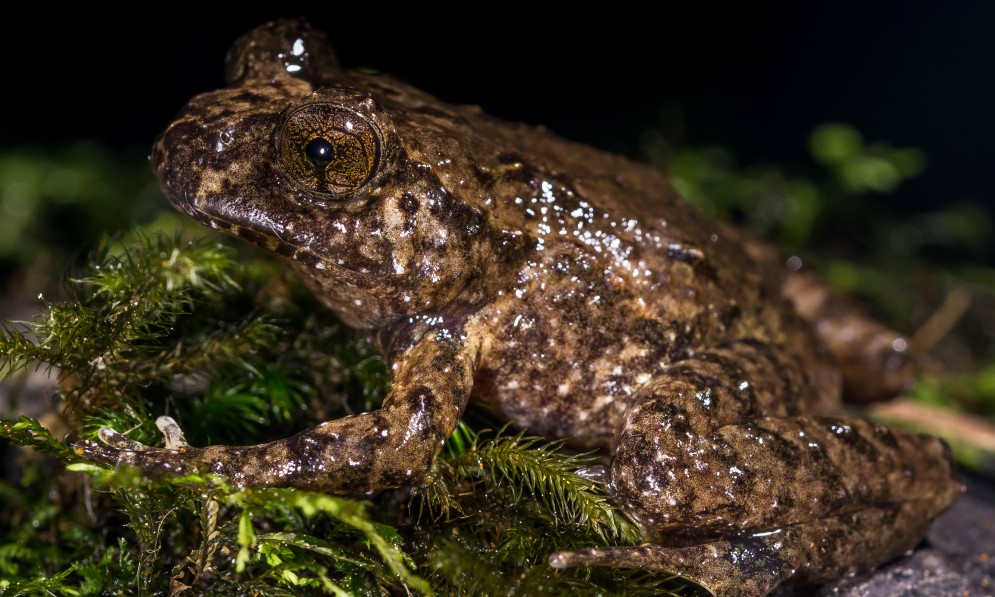
Carole Long. Credit Bay of Plenty Times
A Bay of Plenty legend for her work protecting endangered species and habitats in the area, Carole Long joined Forest & Bird in the 1970s.
Growing up in Southland with a father who was a commissioner of Crown lands, Carole was aware of the value of Aotearoa New Zealand’s wild taonga early on – she recalls her father told her never to pick leaves from trees.
She took a job in the Wildlife Service, later working for DOC for 15 years. She also spent decades volunteering for Forest & Bird, including establishing and chairing the Te Puke Branch and serving two five-year terms on the Society’s executive and council.
From the 1980s, Forest & Bird branches and staff helped pioneer “dotterel minding” during the birds’ breeding season on northern beaches, part of a successful long-term campaign that helped save the tūturiwhatu New Zealand dotterel from extinction. Pictured is former staffer and Distinguished Life Member Basil Graeme carrying out educational outreach, Ōhope Spit, 1990. Credit Whakatane Beacon
During her time in Te Puke she helped establish the Kaimai Mamaku Conservation Park to protect it from future kauri logging, and helped stop housing on some of Papamoa’s fragile sand dunes.
During the 1980s, Forest & Bird’s Te Puke Branch began monitoring kiwi, and their concerns about the birds’ disappearance led to the branch funding the establishment of the Ōtanewainuku Kiwi Trust in 2003.
Carole was an early dotterel ‘minder’, advocating for tūturiwhatu New Zealand dotterel nesting along the coast in the 1990s. She received national recognition for services to conservation and was awarded a Queen’s Service Medal in 2018.
Four years later, from her retirement home in Papamoa, Carole established a new project to protect local shorebirds on the beach from dogs, cats, and vehicles, using relationship skills honed over many decades as a conservationist. ‘My father always taught me to fight the policy, not the people, and that worked,’ she said. ‘There are so many challenges. But there are people who are willing to fight for them.’1

Hochstetter's Frog, Leiopelma hochstetteri. Credit Euan Brook | Carole Long and Forest & Bird’s Te Puke branch played a pivotal role in helping save a local population of Hochstetter’s frogs from being wiped out by quarrying operations during the early 1990s. This is one of the rarest and most primitive frogs left in the world and is now critically endangered. You can read more about this inspiring story in Force of Nature.
Buy the Force of Nature book
To find out more about how Carole Long and Forest & Bird’s Te Puke branch played a pivotal role in helping save a local population of Hochstetter’s frogs, buy a copy of Force of Nature from the Forest & Bird shop. All the book’s profits go towards the Society’s conservation mahi.
READ MORE
Blog post: Michael Pringle - Finding our stories: adventures in the archives
Article: Force of Nature book published
Extract: Arthur Harper: old-school naturalist
Extract: Birds with attitude: rediscovering takahē
Extract: Becoming kaitiaki: Hone McGregor
Footnotes
- Carole Long, interview, October 2023.

